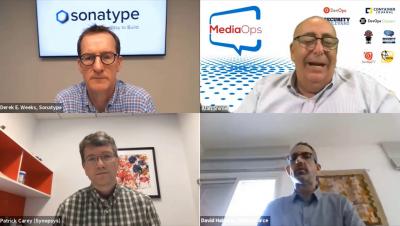Observability: What You Need to Know
Observability has recently become quite the buzzword, populating headlines in DevOps and IT publications. Industry experts like Charity Majors, CTO and co-founder of Honeycomb, and Cindy Sridharan, to name a few, have been spreading the word about the importance of observability, making it clear that it’s more than just a passing trend, it’s an approach that DevOps organizations need to adopt.

















